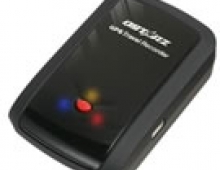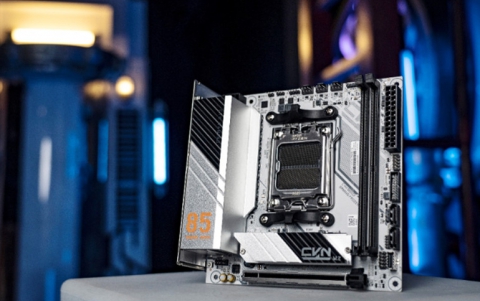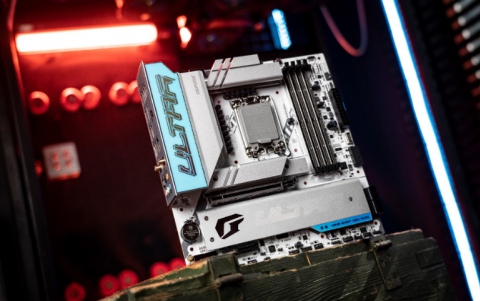Qstarz Q1300BT GPS
4. Tests
Review Pages
We paired all tested GPS receivers with an Asus A6JA laptop, via BT protocol. Each device has its own Serial port mapping under Windows. We placed the two GPS receivers side by side at the dashboard of a car. The same environmental conditions are valid for both receivers (night, clear sky, 25° Celsius ).
We recorded all the produced data for a pre-selected route with VisualGPS and later analyzed it with GPSLog. We couldn't measure the TTFF tests ("Time to First Fix" which is the time it takes for a GPS to determine its current position), since there isn't such software under Windows XP.
Globalsat BT-368
|
Qstarz Q1300
|
||
Fix
|
0
|
0
|
|
2D
|
0
|
0
|
|
|
100
|
100 |
|
Satellites
|
Average (in view)
|
9.88
|
10.53
|
Average (in use)
|
6.89
|
6.93
|
|
Average Signal Level (in dB)
|
Maximum per Satellite
|
44.25
|
46.88
|
Average per Satellite
|
34.46
|
35.17
|
|
The Qstarz Q1300 showed an excellent performance, at least compared with another similar "slim-line" devices that use the SirfIII chipset. The Q1300 was able to get a 3D Fix quickly and didn't lost it during our course.
- Indoor Sensitivity
We placed both receivers inside a house close to a big window and noticed their performance. The Qstarz Q1300 had a 3D fix, having 6 satellites in use, while the Globalsat BT-368 had also 3D fix with 5 satellites in use.
Review Pages















